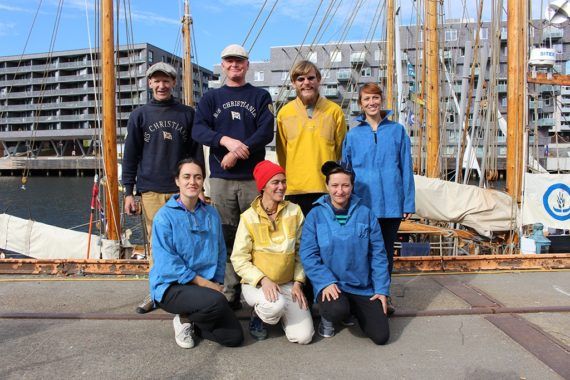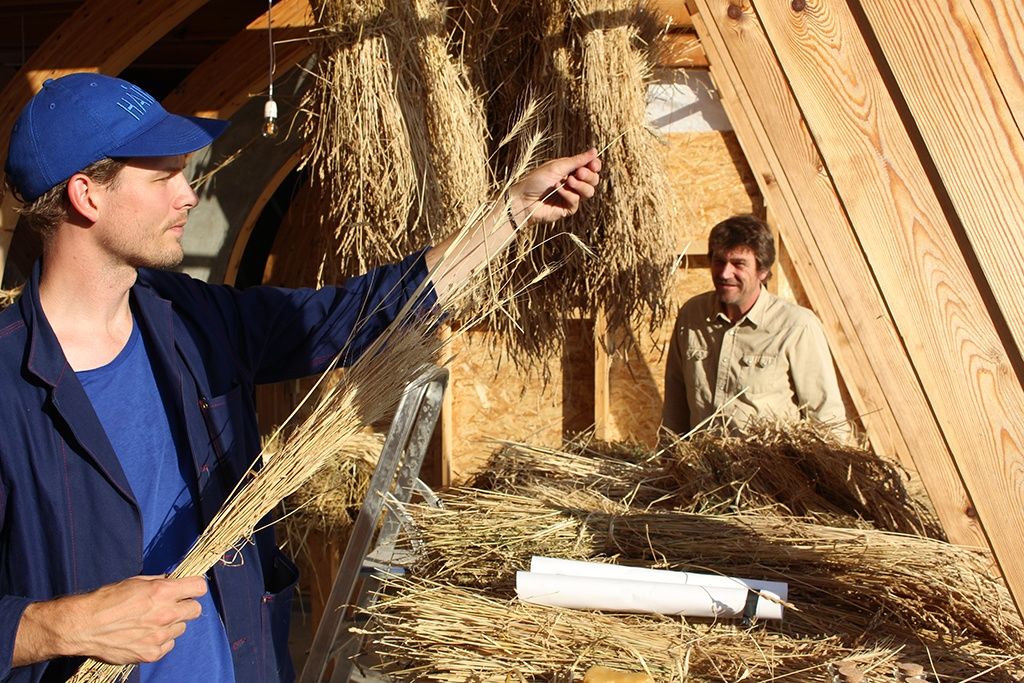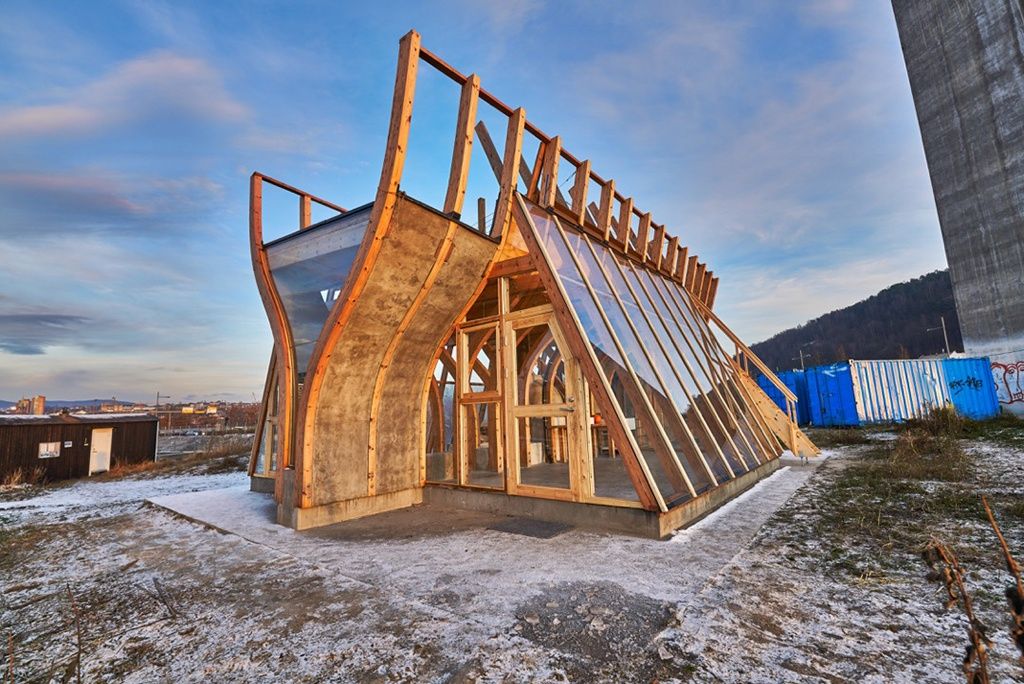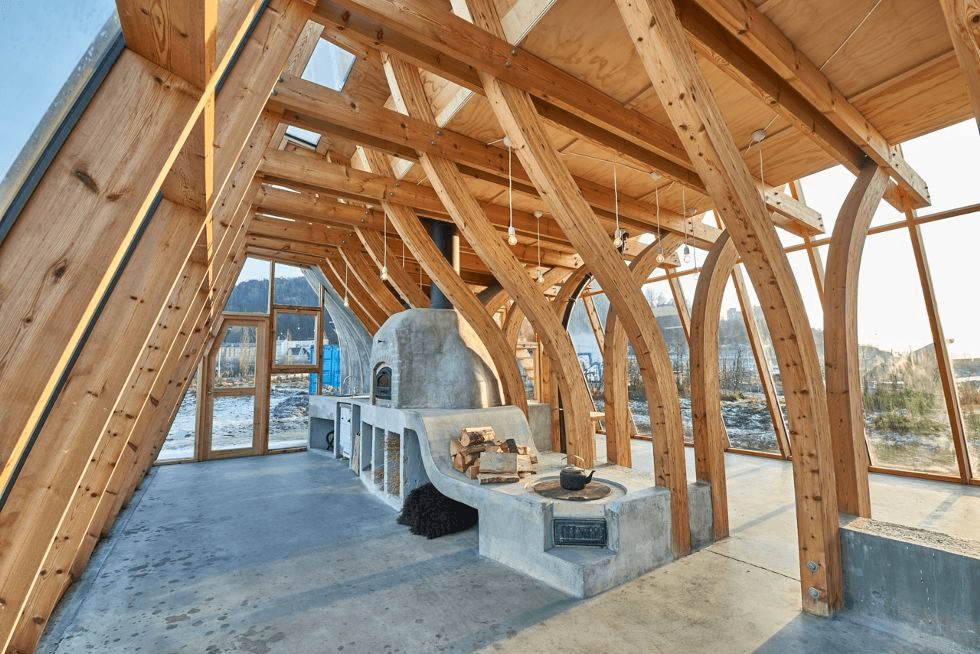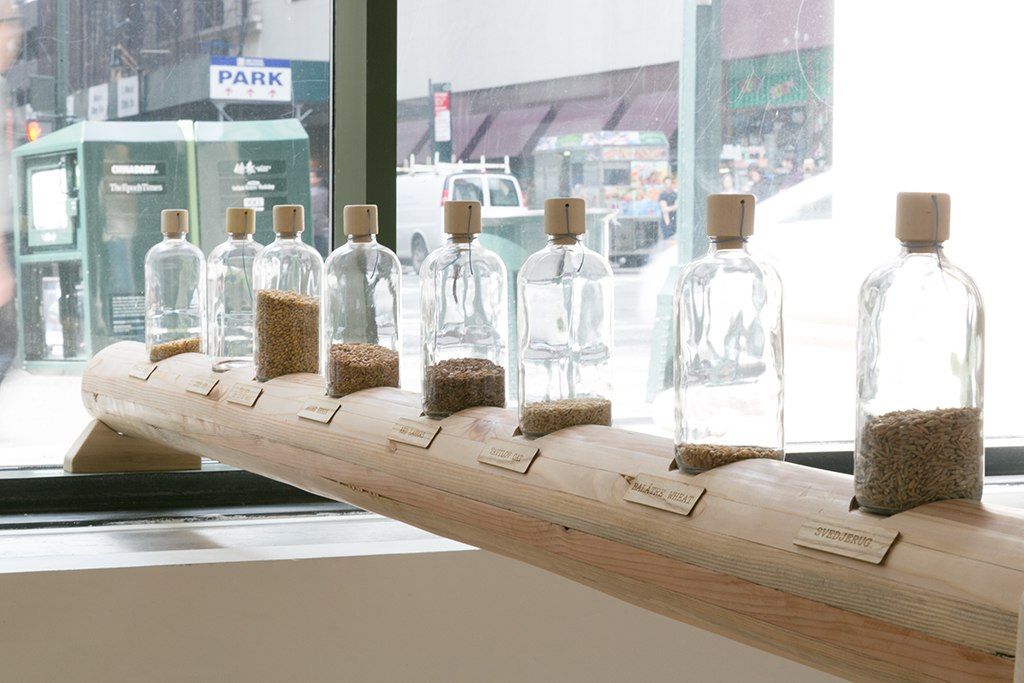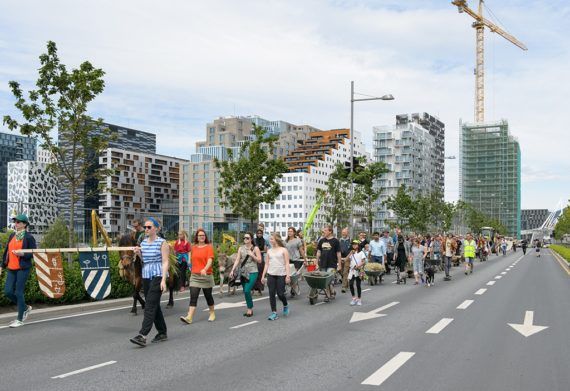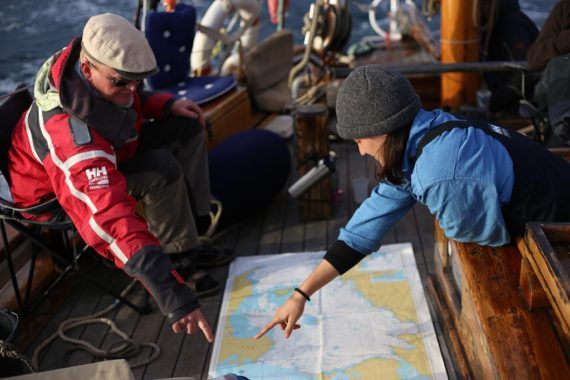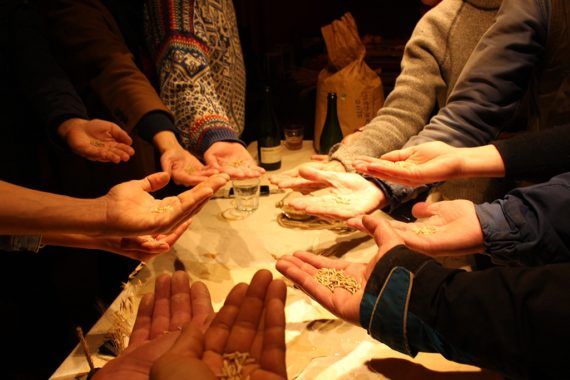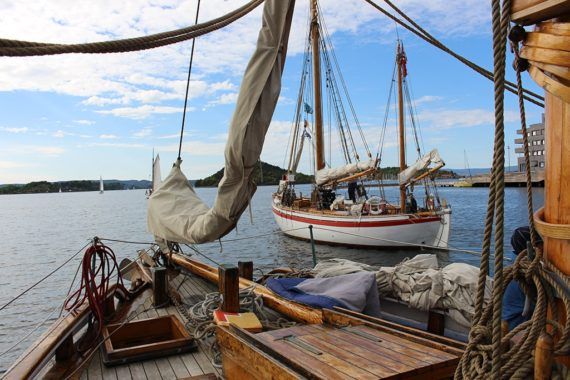Futurefarmers is a group of artists and designers working together since 1995. We are artists, researchers, designers, farmers, scientists, engineers, illustrators, people who know how to sew, cooks and bus drivers with a common interest in creating work that challenges current social, political and economic systems. Our design studio serves as a platform to support art projects, an artist in residency program and our research interests.
Dylan Gauthier (b. Santa Monica, CA) is an artist, curator, and writer who works through long-form projects to engage with ideas of ecology, architecture, collectivity, time, media and networks, participation and utopian systems. Gauthier holds an MFA in Integrated Media from Hunter College at the City University of New York (CUNY), where he currently teaches courses in emerging media (theory and production).
Gauthier has participated in exhibitions and presented projects at the International Studio and Curatorial Program (ISCP), the Carpenter Center for the Visual Arts at Harvard University, EFA Project Space, MoMA PS1, MASS MoCA, the Walker Art Center, the Bronx Museum, Flux Factory, Stacion Kosovo, the Chimney, Parsons/the New School, the Columbus College of Art and Design, 80WSE Gallery at NYU, and the Neuberger Museum of Art at SUNY Purchase. He was the 2015 NEA supported Ecological Artist-in-Residence at ISCP, a resident at the Blue Mountain Center, and a visiting artist at Haverford College, as well as at the Institute for Hautes Études en Artes Plastiques (iheap) in Paris and New York City. Gauthier was the inaugural artist-in-residence at the Brandywine Conservancy & Museum of Art, an Emerging Artist Fellow at Socrates Sculpture Park, and a 2016 CAS Resident.


